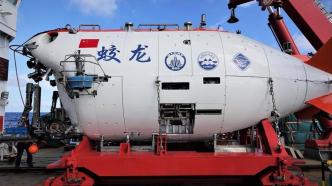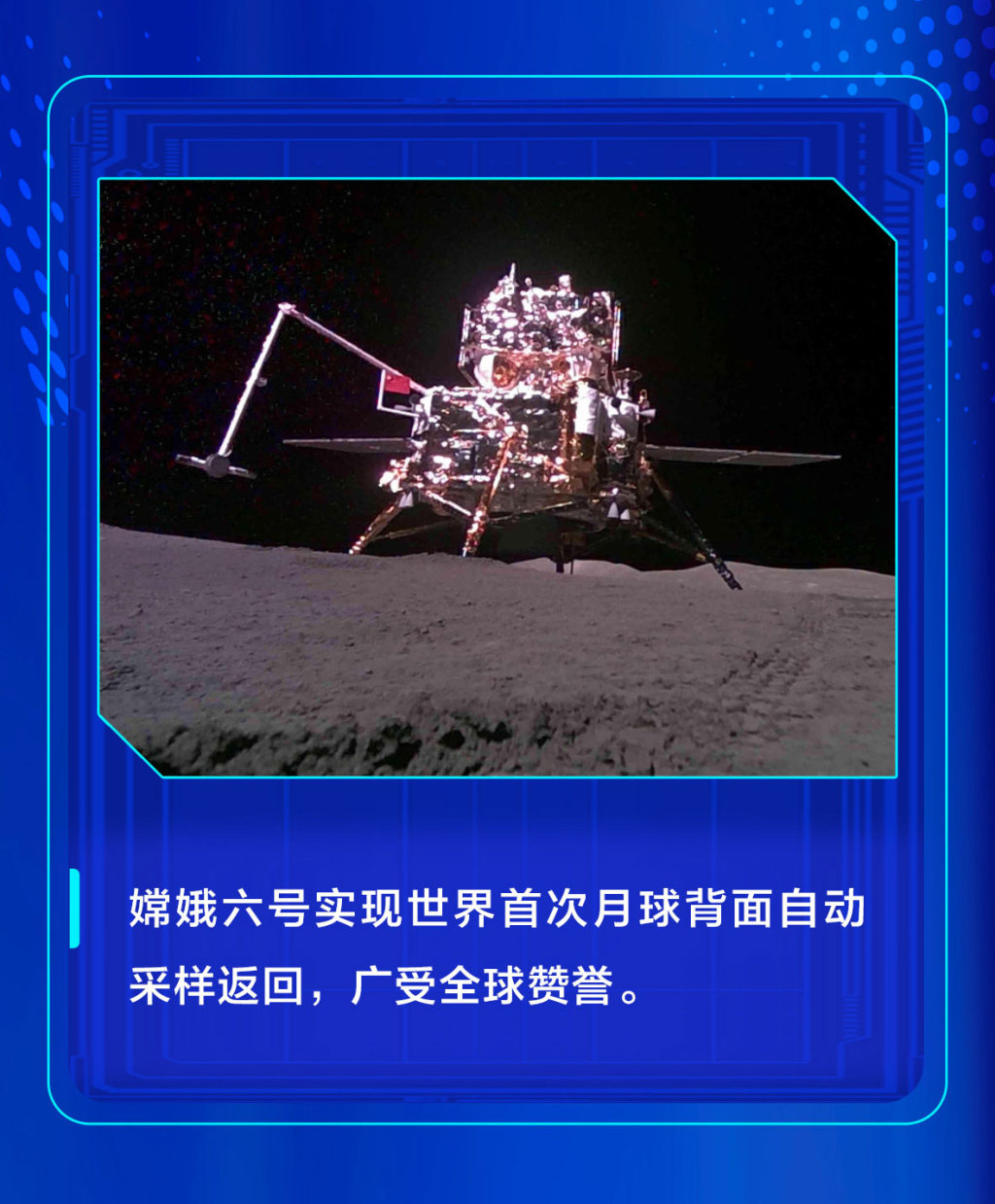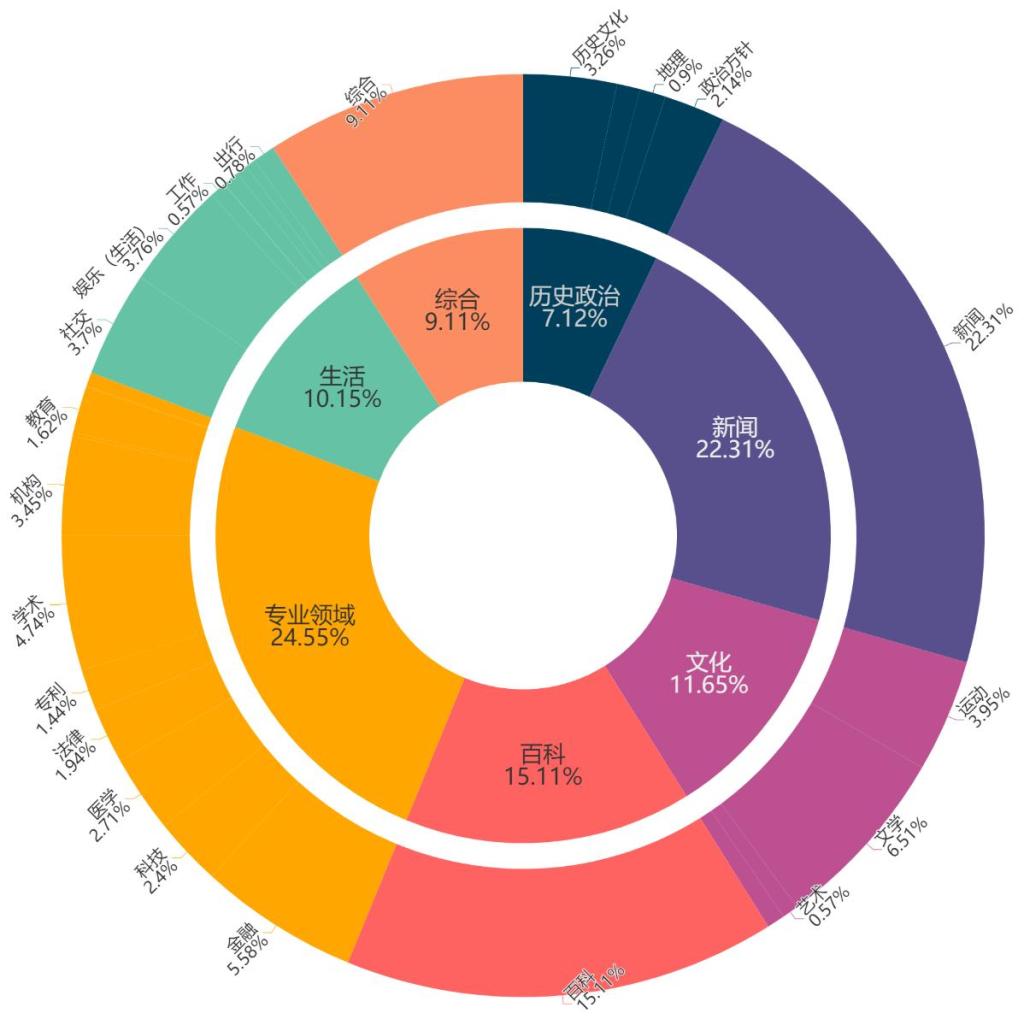
Boeing's Starliner spacecraft is scheduled to launch its first manned test flight on the night of the 6th local time, carrying two American astronauts to the International Space Station. If this test flight is successful, Boeing will subsequently launch more manned space missions to transport astronauts to the International Space Station for NASA.
First manned test flight
According to the website of NASA, the test flight is scheduled to start at 22:34 EST on the 6th (10:34 BJT on the 7th). At that time, the "Starliner" will be launched from the Cape Canaveral Space Force Base in Florida on the "Atlas V" carrier rocket.
According to the plan, the "Starliner" will take about 26 hours to reach the International Space Station, stay there for 8 days, and then return to Earth, landing in New Mexico or other areas in the western United States.
The "Starliner" is a reusable conical spacecraft, about 3 meters high and 4.5 meters in maximum diameter, and can carry up to 7 passengers.
Due to the repeated delays in the test flight of the "Starliner", the astronauts for the first flight have also changed many times. The astronauts on this test flight are 61-year-old Butch Wilmore and 58-year-old Sunny Williams.
According to Reuters, Wilmore is a retired U.S. Navy officer who has traveled to space twice since 2009 and has spent a total of 178 days at the International Space Station. Williams is a retired Navy test pilot who has flown more than 30 different aircraft. She has traveled to space twice since 2007 and has spent a total of 322 days at the International Space Station.
Projects are repeatedly delayed
If this test flight is successful, Boeing will become another private company after SpaceX to carry out commercial manned space missions for NASA.
Since the retirement of the US space shuttle in 2011, the US has vigorously developed commercial manned spaceflight. Boeing and Space Exploration Technologies Corporation signed a contract with NASA in 2014 to develop spacecraft for the latter's commercial manned spaceflight program.
According to the original plan, the spacecraft developed by the two companies should have launched a manned flight mission in 2017, but neither company completed the mission as scheduled. SpaceX's Dragon spacecraft completed its first manned test flight in 2020 and has since carried out regular commercial manned space missions many times.
Boeing's "Starship" project has also been delayed several times due to technical problems. In December 2019, the spacecraft's first unmanned test flight failed to enter the planned orbit and was forced to cancel its mission to the International Space Station. In August 2021, the spacecraft's second unmanned test flight was postponed due to a failure in the rocket propulsion system and was not completed until May 2022. In July 2023, the spacecraft was scheduled to conduct its first manned test flight, but it has been postponed until now because the protective belt material outside the spacecraft cable is flammable and the strength of the parachute rope does not meet the standards.




Comments